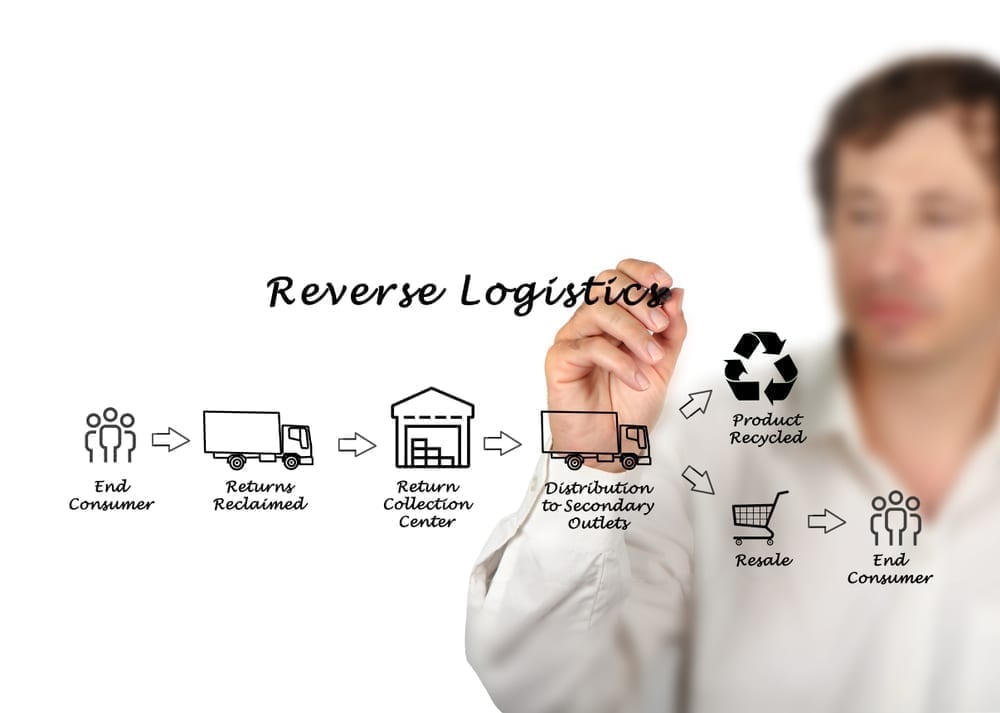For a wide variety of companies, the reverse logistics process is not well-defined, and offers plenty of opportunities for improvement in addressing some of the most common challenges:
- Lack of visibility through the reverse logistics chain
- Missing out on income-generating opportunities
- Maximizing asset utilization and recovery
- Engaging and informing customers throughout the process to improve loyalty and satisfaction
- Fragmented reverse logistics supply chain
In our 2023 Reverse Logistics Technology Study, the majority of respondents said they understood the benefits of automation in returns management, but only 24% used automation technology in their returns processes. One key area where many companies are falling behind is finding the parts of the process that can easily be automated, saving your team time and money and improving the flow of goods coming back into your system.
How Automation Can Help
Automation can reduce return fraud, keep all members of a supply chain adequately informed, and create more visibility for customers into the process so they know what is happening after a product is returned, exchanged, or submitted for a warranty claim.
Minimizing Uncertainty
One of the biggest challenges that many companies face in streamlining returns management is uncertainty— knowing when products are coming back into your warehouse or retail store and in what condition allows you to determine in advance where it will go and what the next steps will be. A returns management system (RMS) that helps you automate more of that by asking customers for more information prior to a return (for example, whether the item is broken, defective, has been worn, etc.) can remove several manual steps in the process.
“[With ReverseLogix] I can plan my manpower for the day or week, because all I need to do is look on ReverseLogix and it’ll tell me how many returns we’re expecting between my two different areas of returns.”
Erin Johnson, senior returns and vendor compliance manager, Genesco
Sharing Information
Another significant challenge is keeping everyone informed about where a return is, and the next steps. By automating communications about the return you can keep internal team members, external vendors, and customers updated on exactly what is happening with a return and provide accurate information about exchanges, refunds, store credit, return-to-vendor shipments, and more.
Reducing Errors
Automation also has the benefit of removing manual steps performed by your team members, which certainly saves time, but also reduces the chance for errors. While not every step of a reverse logistics process can be automated, taking steps to automate the ones that can will help improve accuracy and speed returns.
If you are currently handling most or all of your returns manually, find out more about how the ReverseLogix platform can help you automate the returns management process and auto-route returns for more efficient reverse logistics.

